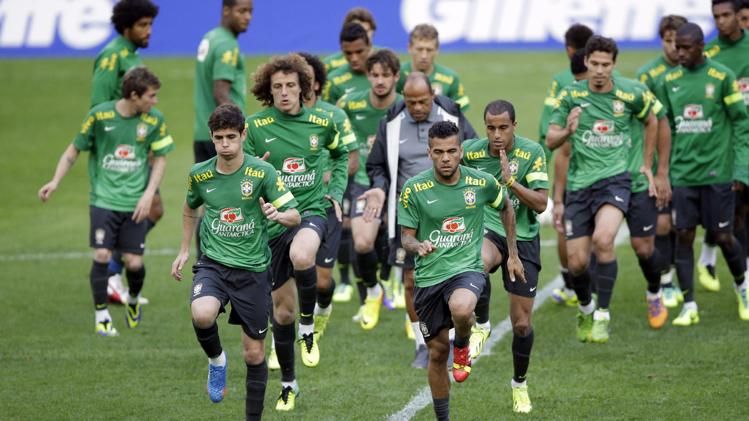By: Dr. Mohammad Salman Murtuza, Asstt Editor-ICN Sports
LUCKNOW: The warm-up should involve the muscles used in the training or competition, be similar to the movements and activities that will be engaged, and progress from lower to higher intensity , it is also suggested that a specific warm up routine can improve the state of physical and mental readiness for muscular performance, hence improving subsequent performance and possibly reducing soreness.
High levels of hip and shoulder flexibility are needed in combat sports as many techniques take these joints to end of the range with combined trunk rotation, and this is why we have selected the warm-up activates below, to prepare and mobilize these joints before training.
High levels of hip and shoulder flexibility are needed in combat sports as many techniques take these joints to end of the range with combined trunk rotation, and this is why we have selected the warm-up activates below, to prepare and mobilize these joints before training.
The athlete begins with lunging trunk rotations and progressively moves through the functional warm up routine. Table and pictures were taken from flexibility Our Proposed flexibility routine incorporates static, dynamic and ballistic stretching exercises to cater for the wide variety of postures and techniques that occur within both training and competitions for the mixed martial arts competitor. We have included some stretches that take place in very functionally similar positions (such as the guard stretches and lateral base stretch) so as we develop increased range of motion in these important positions were the fighter could be at an advantage if he has good range of motion.
The warm-up is a very simple concept. In athletics, the athlete does whatever is needed to be 100% physically and mentally prepared for a training session or competition. Individuals have different needs requiring different routines, which is acceptable, but if the warm-up is well planned and executed it will result in improved performance. A lot has changed since the earliest days of athletics, when the concept of warming up was being developed, and even the more recent times of the classic warm-up, consisting of a few laps of jogging followed by plenty of static stretching.
Currently, coaches and sport scientists put a lot of thought into the warm-up process in an effort to help athletes achieve maximum performance and an edge over other competitors. In this article the development of the thought behind warming up will be covered as well as why a warm-up is important.
Some research scholars and physical educators are divided on the issue of warming-up. Some of them hold the opinion that warming-up before performing an activity is not essential. They advocate that warming-up before an activity is unless and further aver that it is merely wastage of energy as well as time.
A proper warm up has a number of very important key elements. These elements, or parts, should all work together to minimize the likelihood of sports injury from physical activity. Why Warm Up? Warming up prior to any physical activity does a number of beneficial things, but the main purpose of the warm up is to prepare the body and mind for strenuous activity. One of the ways it achieves this is by increasing the body’s core temperature, while also increasing the body’s muscle temperature.
By increasing muscle temperature you’re helping to make the muscles loose, supple and pliable. An effective warm up also has the effect of increasing both your heart rate and your respiratory rate. This increases blood flow, which in turn increases the delivery of oxygen and nutrients to the working muscles. All this helps to prepare the muscles, tendons and joints for more strenuous activity. Keeping in mind the aims or goals of an effective warm up, we can then go on to look at how the warm up should be structured.
Here are some examples of warm-up activities:
To warm up for a brisk walk, walk slowly for five to 10 minutes.
To warm up for a run, walk briskly for five to 10 minutes.
To warm up for swimming, swim slowly at first and then pick up the tempo as you’re able.
TO BE CONTINUED…..




